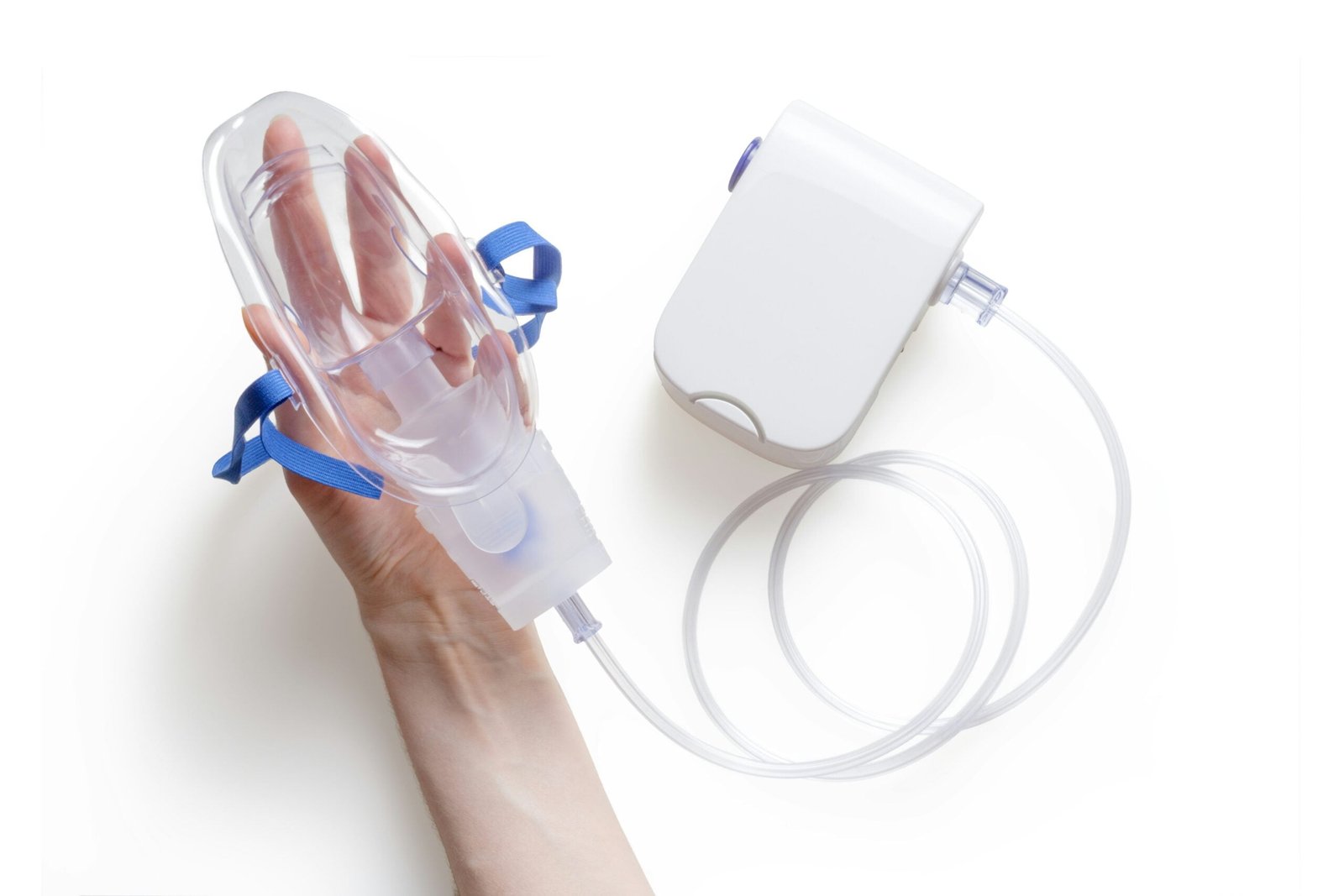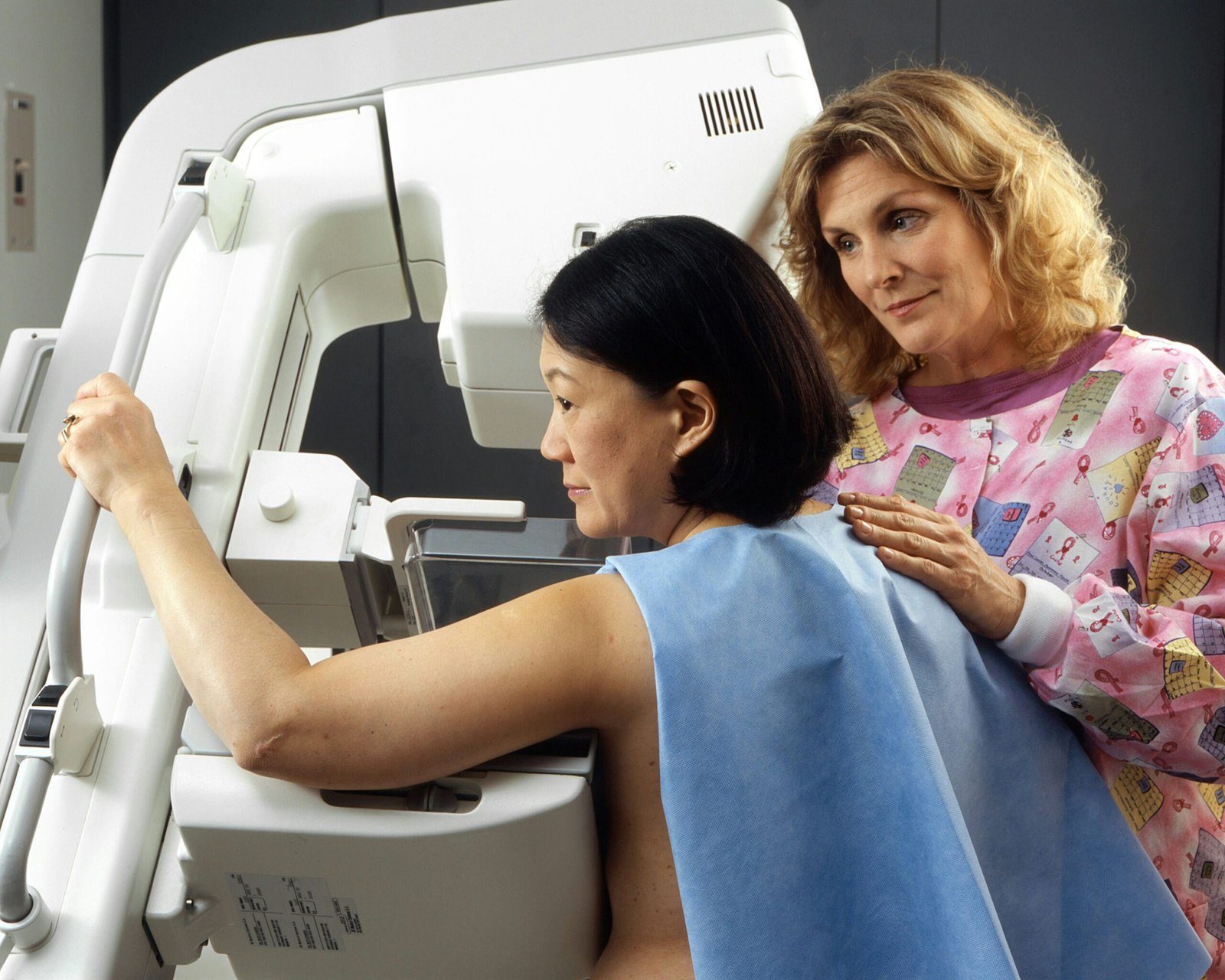Overview of the Healthcare System in Ireland
The healthcare system in Ireland is a dual public-private model, primarily overseen by the Health Service Executive (HSE). The HSE, established in 2005, is responsible for delivering public health and social care services across the nation. These services are predominantly funded through general taxation, making healthcare accessible to all residents, with additional funding from private health insurance contributing to the system.
Public healthcare services in Ireland encompass a wide range of medical care, from primary and community care to hospital-based services. The public system ensures that essential medical services, including emergency services, maternity care, and preventive health programs, are available to all citizens. The private healthcare sector operates parallel to the public system, offering patients the option to access services more quickly and with greater choice. Private healthcare is primarily funded through individual health insurance plans, which around 46% of the population hold.
In terms of funding, Ireland’s healthcare expenditure was approximately €21 billion in 2020, representing about 8.3% of the country’s Gross Domestic Product (GDP). This expenditure supports a network of over 50 public hospitals and numerous private hospitals. The healthcare workforce in Ireland includes more than 70,000 staff members, comprising doctors, nurses, and allied health professionals. The country has a doctor-to-patient ratio of approximately 3.2 physicians per 1,000 people, aligning with the OECD average.
The healthcare system in Ireland is continually evolving to meet the needs of its population, focusing on improving efficiency, reducing waiting times, and enhancing the quality of care. Investments in healthcare infrastructure, digital health initiatives, and workforce development are key strategies employed to advance the system. As Ireland navigates the challenges of an aging population and increasing healthcare demands, the balance between public and private healthcare provision remains a central aspect of its healthcare policy and planning.
Key Hospitals and Medical Institutions in Ireland
In exploring the healthcare landscape of Ireland, it is essential to recognize the pivotal role played by its leading hospitals and medical institutions. Among the most significant are St. James’s Hospital, Mater Misericordiae University Hospital, and Cork University Hospital. These institutions not only provide a broad spectrum of medical services but also contribute to Ireland’s reputation for high-quality healthcare on the global stage.
St. James’s Hospital, located in Dublin, is the largest academic teaching hospital in Ireland. It offers a comprehensive range of medical and surgical specialties, including a renowned cancer treatment center. St. James’s is also home to the National Centre for Hereditary Coagulation Disorders and the National Adult Bone Marrow Transplant Centre. Its commitment to research and education is evident through its affiliation with Trinity College Dublin and its involvement in numerous clinical trials.
Mater Misericordiae University Hospital, also in Dublin, is another key player in the Irish healthcare system. Known for its advanced cardiac care, it houses the National Heart and Lung Transplant Centre. The hospital is also a leader in emergency medicine and trauma services. Mater Misericordiae’s dedication to innovation and patient care has earned it several accolades, including recognition as a European Centre of Excellence for heart failure treatment.
Cork University Hospital (CUH) stands as the principal acute hospital in the Munster region, offering a wide array of services, including specialized care in oncology, orthopedics, and neurology. CUH is noted for its state-of-the-art facilities and its role as a teaching hospital affiliated with University College Cork. The hospital’s commitment to excellence is reflected in its receipt of numerous national and international awards for quality and patient safety.
These institutions exemplify the strength and diversity of Ireland’s healthcare system. Through their specialized services, academic partnerships, and dedication to patient care, they continue to enhance the health outcomes for the Irish population and bolster Ireland’s standing in global healthcare.
Unique Features and Services Offered by Irish Hospitals
Irish hospitals are renowned for their advanced medical technologies and specialized services, contributing to a robust healthcare system. Among the notable features is the integration of state-of-the-art diagnostic tools, such as MRI and CT scanners, which enhance the precision of medical diagnoses and treatment plans. These technological advancements ensure that patients receive timely and accurate care, thereby improving overall health outcomes.
In addition to cutting-edge technology, Irish hospitals often house specialized treatment centers. For instance, the Mater Misericordiae University Hospital in Dublin is known for its expertise in cardiology and cardiovascular surgery. It operates a dedicated Cardiac Centre that provides comprehensive cardiac care, from diagnostic assessments to advanced surgical procedures. Such specialized centers ensure that patients have access to expert care tailored to their specific medical needs.
Another unique aspect of Irish healthcare is the emphasis on holistic patient care approaches. Many hospitals incorporate patient-centered care models, which focus on the emotional and psychological well-being of patients alongside their physical health. The St. James’s Hospital in Dublin exemplifies this approach with its dedicated Haematology and Oncology Day Care Unit, offering not just medical treatments but also counseling and support services for cancer patients and their families.
Moreover, Irish hospitals are at the forefront of pioneering programs and cutting-edge research initiatives. The National Children’s Research Centre at Our Lady’s Children’s Hospital in Crumlin is a leader in pediatric research, conducting groundbreaking studies in areas such as childhood cancer and genetic disorders. These research efforts not only contribute to global medical knowledge but also bring innovative treatments and therapies to Irish patients.
Overall, the unique features and services offered by Irish hospitals reflect a commitment to excellence in healthcare. From advanced medical technologies and specialized centers to holistic care approaches and pioneering research, Ireland’s healthcare system exemplifies the integration of traditional care with modern advancements, ensuring comprehensive and high-quality patient care.
“`html
Challenges Faced by the Healthcare System in Ireland
The healthcare system in Ireland is currently grappling with a multitude of challenges that significantly impact the quality and efficiency of care. One of the most pressing issues is the prolonged waiting times for medical procedures and consultations. According to recent data, patients are often waiting several months, if not years, for elective surgeries and specialist appointments. This delay not only exacerbates patients’ conditions but also increases their levels of stress and anxiety.
Another critical challenge is hospital overcrowding. Emergency departments frequently experience high volumes of patients, leading to extended waiting periods and sometimes insufficient care. The Irish Nurses and Midwives Organisation (INMO) has reported that in 2022, there were over 118,000 patients on trolleys due to a lack of available beds. This level of congestion is unsustainable and poses severe risks to patient safety.
Funding shortfalls also plague the healthcare system in Ireland. Despite government efforts to increase healthcare budgets, the demand for services often outpaces available resources. This financial strain affects everything from the availability of medical equipment to the maintenance of healthcare facilities. The Health Service Executive (HSE) has frequently cited funding limitations as a barrier to improving service delivery and infrastructure.
Staffing shortages are another significant hurdle. The healthcare sector in Ireland is experiencing a deficit of qualified professionals, including doctors, nurses, and support staff. This shortage is partly due to the migration of healthcare workers to other countries offering better pay and working conditions. It is estimated that Ireland needs to recruit thousands of additional healthcare professionals to meet current and future demands adequately.
Public debate and controversies also frequently emerge around healthcare issues in Ireland. For instance, the introduction of the Sláintecare programme, aimed at transforming the healthcare system, has been met with both support and criticism. While some view it as a necessary reform, others argue that it lacks clarity and sufficient funding to be effectively implemented.
Overall, these challenges underscore the urgent need for comprehensive reforms and robust investments to ensure that the healthcare system in Ireland can sustainably meet the needs of its population.
Recent Advancements and Innovations in Hospital Care in Ireland
In recent years, Ireland has made significant strides in hospital care, driven by innovations in medical technology, patient care improvements, and groundbreaking research. These advancements are setting new standards and positioning Ireland as a leader in healthcare on the global stage.
One noteworthy innovation is the integration of electronic health records (EHRs) across many hospitals, which has streamlined patient data management, reduced errors, and improved care coordination. This technological advancement ensures that healthcare providers have immediate access to accurate patient histories, facilitating better-informed decision-making and enhancing patient outcomes.
Another significant development is the adoption of telemedicine, which has been accelerated by the COVID-19 pandemic. Telemedicine platforms are now widely used to provide remote consultations, reducing the need for in-person visits and making healthcare more accessible, especially for patients in rural areas. This innovation has not only improved patient convenience but also alleviated pressure on hospital resources.
In terms of patient care, hospitals in Ireland are increasingly focusing on personalized medicine. This approach tailors treatments to individual patients based on genetic, environmental, and lifestyle factors. For example, the Mater Misericordiae University Hospital in Dublin has been at the forefront of utilizing genomic data to develop targeted therapies for cancer patients, resulting in more effective and less invasive treatment options.
Research breakthroughs are also playing a crucial role in advancing hospital care. The Royal College of Surgeons in Ireland (RCSI) has been instrumental in pioneering new surgical techniques and medical devices. One notable example is the development of a minimally invasive surgical tool that has significantly reduced recovery times for patients undergoing complex surgeries.
These advancements in Ireland’s hospital care system exemplify the country’s commitment to leveraging technology and research to enhance patient care. By focusing on innovation and continuous improvement, Ireland is ensuring that its healthcare system remains robust, efficient, and capable of meeting the needs of its population.“`html
Patient Experiences and Testimonials in Ireland
Understanding patient experiences is pivotal in evaluating the efficacy of any healthcare system. In Ireland, patient testimonials reveal a broad spectrum of experiences in hospitals, encompassing both commendable aspects and areas needing improvement. The personal stories shared by patients provide invaluable insights into the functioning of Irish healthcare institutions.
Many patients have expressed gratitude for the professionalism and dedication of the medical staff in Irish hospitals. For instance, Mary O’Connell, who underwent cardiac surgery at St. James’s Hospital in Dublin, praised the doctors and nurses for their exceptional care and attentiveness. She noted that the staff’s compassion significantly eased her anxiety during the recovery process, reflecting the high standard of patient care that Irish hospitals strive to maintain.
Conversely, some patients have highlighted challenges such as long waiting times and crowded facilities. John Murphy, who sought treatment for a chronic condition, recounted his frustration with the extended waiting periods for specialist consultations. He emphasized the need for more efficient scheduling systems to reduce delays and improve patient flow. This sentiment is echoed in various patient feedback, underscoring a recurring theme in the patient experience within the Irish healthcare system.
Efforts to address these issues are evident in several initiatives undertaken by hospitals across Ireland. The Health Service Executive (HSE) has implemented measures aimed at enhancing patient satisfaction, such as the introduction of patient liaison services to provide support and address concerns promptly. Additionally, continuous training programs for staff are in place to ensure that the quality of care remains consistently high.
Overall, patient experiences in Ireland’s healthcare system offer a balanced view of its strengths and areas for development. While the dedication of healthcare professionals is widely acknowledged, addressing systemic challenges remains crucial for further improving patient satisfaction. These testimonials not only highlight the current state of healthcare in Ireland but also guide ongoing efforts to enhance the patient experience.
Government Policies and Funding for Healthcare in Ireland
Government policies and funding play a pivotal role in shaping Ireland’s healthcare system. With an emphasis on ensuring equitable access and high-quality service delivery, recent policy changes and healthcare reforms have been directed towards enhancing the overall efficiency of the system. Notably, the introduction of Sláintecare, a ten-year program aimed at reforming Ireland’s health and social care service, marks a significant milestone. This program seeks to deliver a universal single-tier health service where patients are treated based on need rather than ability to pay.
In terms of funding, the Irish government has consistently increased its healthcare budget. For instance, in 2022, the total health budget was approximately €22 billion, representing a substantial allocation of national resources. This funding is crucial for the development of infrastructure, recruitment of healthcare professionals, and the procurement of medical supplies and technologies. Such investments have a direct impact on service delivery, reducing waiting times and improving patient outcomes.
Statistics indicate that government spending on healthcare in Ireland accounts for around 8% of the Gross Domestic Product (GDP). This level of spending is reflective of the government’s commitment to maintaining a robust healthcare system. However, the adequacy and efficiency of this funding are often subjects of political debates and public scrutiny. For instance, discussions around the allocation of funds towards mental health services and long-term care facilities have been particularly prominent.
Significant political decisions continue to shape the landscape of healthcare funding in Ireland. The debate over the National Children’s Hospital, which has faced cost overruns and delays, highlights the complexities and challenges of large-scale healthcare projects. Additionally, the impact of Brexit has also influenced healthcare policies, particularly in relation to cross-border healthcare services and workforce mobility.
Overall, government policies and funding are fundamental to the structure and functionality of Ireland’s healthcare system. Through strategic planning and sustained investment, the goal remains to provide high-quality, accessible healthcare to all citizens, while navigating the political and economic challenges that come with such ambitions.
Comparison of Irish Hospitals and Healthcare Systems with Other Countries
When examining Ireland’s healthcare system and hospitals in a global context, it is essential to consider various aspects such as healthcare delivery, funding, patient satisfaction, and outcomes. By comparing Ireland with countries like the UK, USA, Germany, Japan, and Australia, we can gain a comprehensive understanding of its position on the global stage.
In terms of healthcare delivery, Ireland employs a mixed model, combining public and private healthcare services. The Health Service Executive (HSE) oversees public healthcare, similar to the National Health Service (NHS) in the UK. However, in contrast to the UK, where healthcare is predominantly publicly funded, Ireland sees a significant portion of its population opting for private health insurance to avoid long wait times in the public system. This dual system is akin to Australia, where Medicare coexists with private health insurance.
Funding mechanisms also vary significantly. Ireland’s healthcare system is funded through general taxation, similar to the UK and Australia. In contrast, the USA relies heavily on private insurance and out-of-pocket payments, leading to a higher overall expenditure per capita. Germany, with its social health insurance model, provides a middle ground, with mandatory health insurance for all citizens funded by employer and employee contributions.
Patient satisfaction and outcomes present another area of divergence. Ireland faces challenges such as long waiting times for certain treatments, which are often cited in patient surveys. In comparison, Japan’s healthcare system, known for its efficiency and accessibility, boasts shorter waiting times and high patient satisfaction. Germany also scores high on patient satisfaction due to its comprehensive coverage and choice of healthcare providers.
Outcomes such as life expectancy and infant mortality rates offer a clear measure of a healthcare system’s effectiveness. Ireland’s life expectancy stands at around 82 years, comparable to the UK and Australia. However, Japan leads with an average life expectancy of 84 years, attributed to its robust primary care system and healthy lifestyle. The USA, despite high healthcare spending, has a lower life expectancy of 78 years, reflecting disparities in healthcare access and quality.
In conclusion, while Ireland shares similarities with other developed nations in terms of healthcare structure and funding, distinct differences in patient satisfaction and outcomes highlight areas for potential improvement. By learning from the strengths and challenges of other countries, Ireland can continue to evolve its healthcare system to better serve its population.


